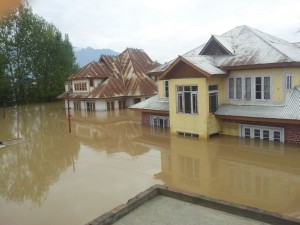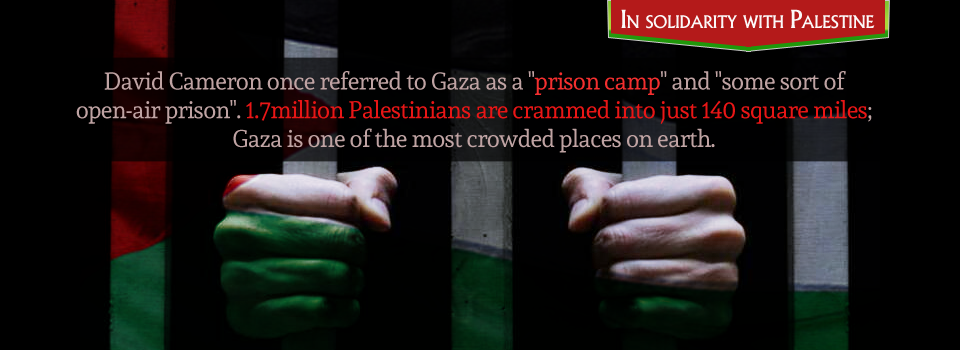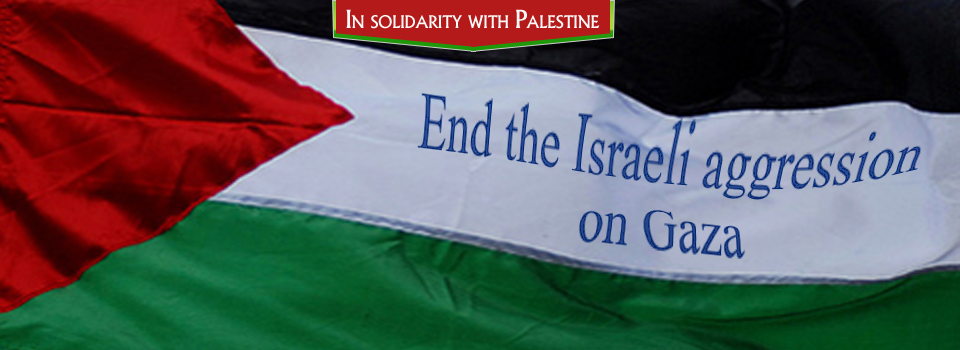(Sharing my little notes on Islamic History. Most of what is here is understood from “Glimpses of Islamic History” by Irfan Faqih.)
The series (so far ) contains:
Islamic History can be divided into 4 distinct periods:

The period during the Prophet Muhammad (s.a.w.)’s time
The period of the four caliphs — Abu Bakr, Umar, Uthman and Ali
The period of the Ummayyads
The period of the Abbassids
Arabia before Islam.
But before we delve into the Islamic History, lets just cast a glance over Arabia as it was before Islam came to it. A quick look at the map of Arabia might be helpful.

Take yourself back in time – around 15 centuries back. The people who lived in Arabia at that time were mainly the Bedouins — These people were tough, warlike, hostile and unorganised. Characterised by their pagan fury (al-hamiyat al jahilliyyah), they oft broke into wars over trivial issues that extended over years. For example, the Battle of Basus that extended over a period of 40 years, was started over a she-camel. They had no political unity, and were divided into innumerable tribes.
A characteristic of “assabiyyah” or allegiance to the tribe was something that was inbuilt. This meant that any individual would support the tribe, even if it was wrong, and simillarly the tribe would support the member, whatever be the case.
While speaking of these people, it would be unjust to not talk of the good qualities that were part of the way the lived. These people were extremely hospitable, excellent in poetry, and courageous.(Talking of their poetry skills, poetry competitions were held whereby the winners names used to be written on silk and were hung in the Kaaba. These are known as Muallaqaat.)
Religious belief system:
The arabs were idol worshippers except for some Jews and Christians. Their belief system can be generally classified under polytheism, fetishism, and animalism. They diefied Al-Lat (the sun goddess), Al-Uzza(most high, originally personified planet Venus), Al-Mannat (goddess of fate and death), Wadd (god of love) etc. The most revered amongst their dieties was Hubal. The idols of more than 360 gods and goddesses were placed in the sanctuary.
The Jews were mainly in Yathrib, Fadak, Khaybar adn Wadi-al-Qura. These people were mainly the agriculturists, craftsmen and goldsmiths.
The Christian community consisted of the Ghassanids of Syria, Lakhmids of Hira and as some desert tribes like Kalb, Tanukh, Taghlib.
Besides these there were individuals whose monotheistic beliefs couldnot be identified as Christian or Jewish; these were the Hanifs.
Society:
Arrogance, injustice, vice and superstition were the norms. Women were treated not better than commodities and had no rights. Female infanticide was common. Unrestricted polygamy and concubinage was the norm. Slaves were treated in a savage manner.
Social inequality, exploitation, injustice, persecution, drinking, gambling, looting, plundering were rampant.
(Note: Does this ring a bell.. isnt our society pretty much the same?)
Read Islamic History -2







Salamalayik
“(Note: Does this ring a bell.. isnt our society pretty much the same?)”
>> spot on ya ukht. you hit right on the bulls eye.
this is also what I stressed to my students when i covered the topic under Seerah, for my Islamic Studies.. as the so called people of the millennium age, we havent really made ANY progress whatsoeva from the state of our ancestors, have we? we’ve just changed status, they were the ancient jahili society, and we are the modern jahili society, both bearing the jahiliyah characteristics..
and i was just discussing with my colleague on this issue, and her insight was quite illuminating; the latter jahiliyah is worse in comparison to the former for the arabia society was jahil ‘before’ the coming of a prophet.. but the latter can still afford to be in a state of jahiliyah even AFTER the coming of a The Messenger?..now thats bad.
but then again,,, thats human nature. always so forgetful. always choosing the ignorant side of life. and hence the need for Allah to send munzirun wa mubashirun.
this is a really good effort you’re doing here.. looking back into history. quite a rare phenomena among youth and youngsters these days. MABROUK, MABROUK, MUMTAAZAH ..keep it up. we need more Ashab al-kahfi in this 21st century.. =)
🙂 thank you soo much.. makes me feel like the effort didnt go waste..
was wondering if ppl wud read this.. though i tried to keep it brief ,.. like i make my notes..
and yes.. we r living in difficult times so we need to remind ourselves and others…
Shukran.. jazakAllahukhairan.